Mechanisms and evolution of phenotypic flexibility
Phenotypic flexibility allows an organism to rapidly and reversibly alter its phenotype to cope with a changing environment, and understanding the mechanisms, limits, and timescales of phenotypic flexibility has taken on a new urgency in the face of rapid global change. We are working to determine the molecular mechanisms that underlie phenotypic flexibility in range of species from Peromyscus mice to Dark-eyed Juncos and Green Anoles, and we are using this information to ask questions about speed and limits of phenotypic flexibility in relation to changing abiotic conditions. Much of this work focuses on seasonal flexibility in thermoregulatory performance in small birds and is being led by lab grad students Maria Stager and Henry Pollock in close collaboration with Jeff Brawn at UIUC and David Swanson at the University of South Dakota. We are also pursuing similar questions in relation to acclimatization capacities and body composition in Peromyscus species that differ in their elevational range limits (Cole Wolf and Jon Velotta) and osmoregulatory physiology in salt marsh populations of savannah sparrows (Phred Benham).
